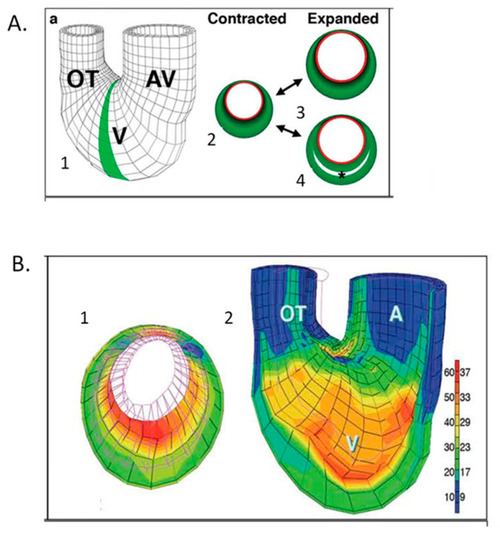Figure 10
- ID
- ZDB-FIG-200716-63
- Publication
- Keller et al., 2020 - Validating the Paradigm That Biomechanical Forces Regulate Embryonic Cardiovascular Morphogenesis and Are Fundamental in the Etiology of Congenital Heart Disease
- Other Figures
- All Figure Page
- Back to All Figure Page
|
Computational modeling of embryonic heart wall strains. ( |

